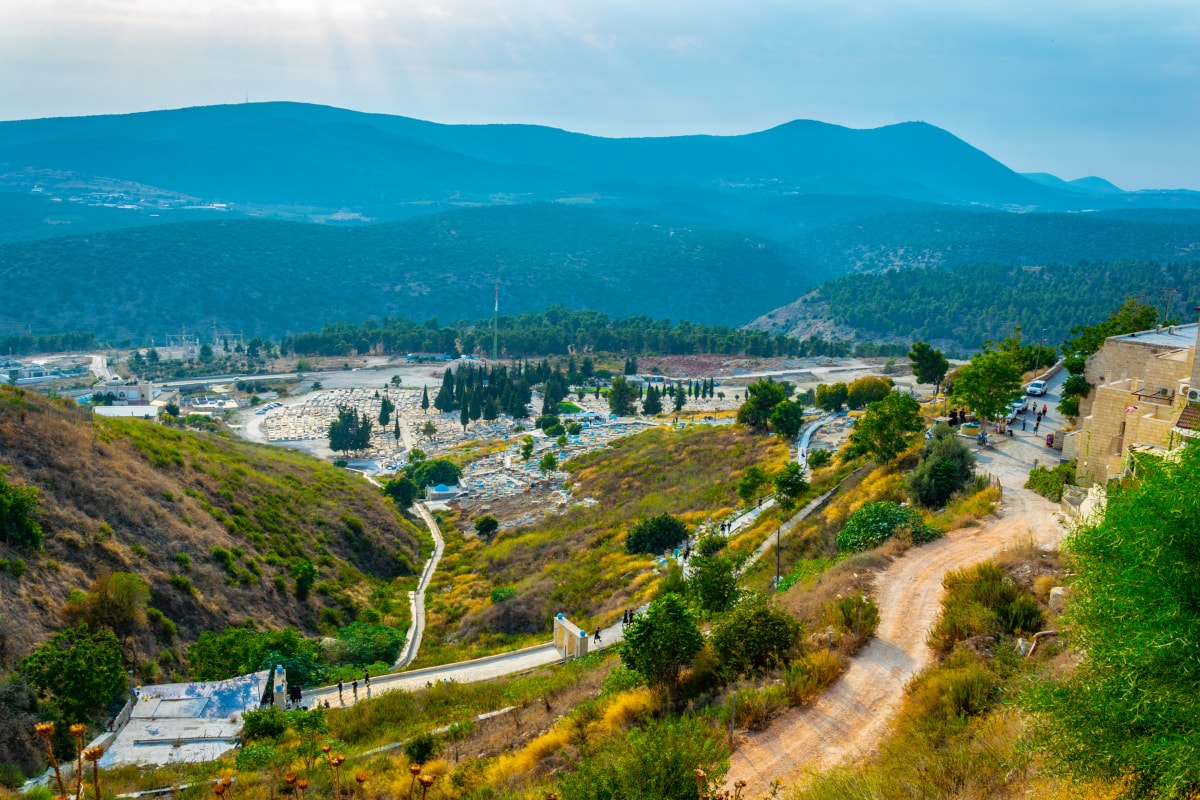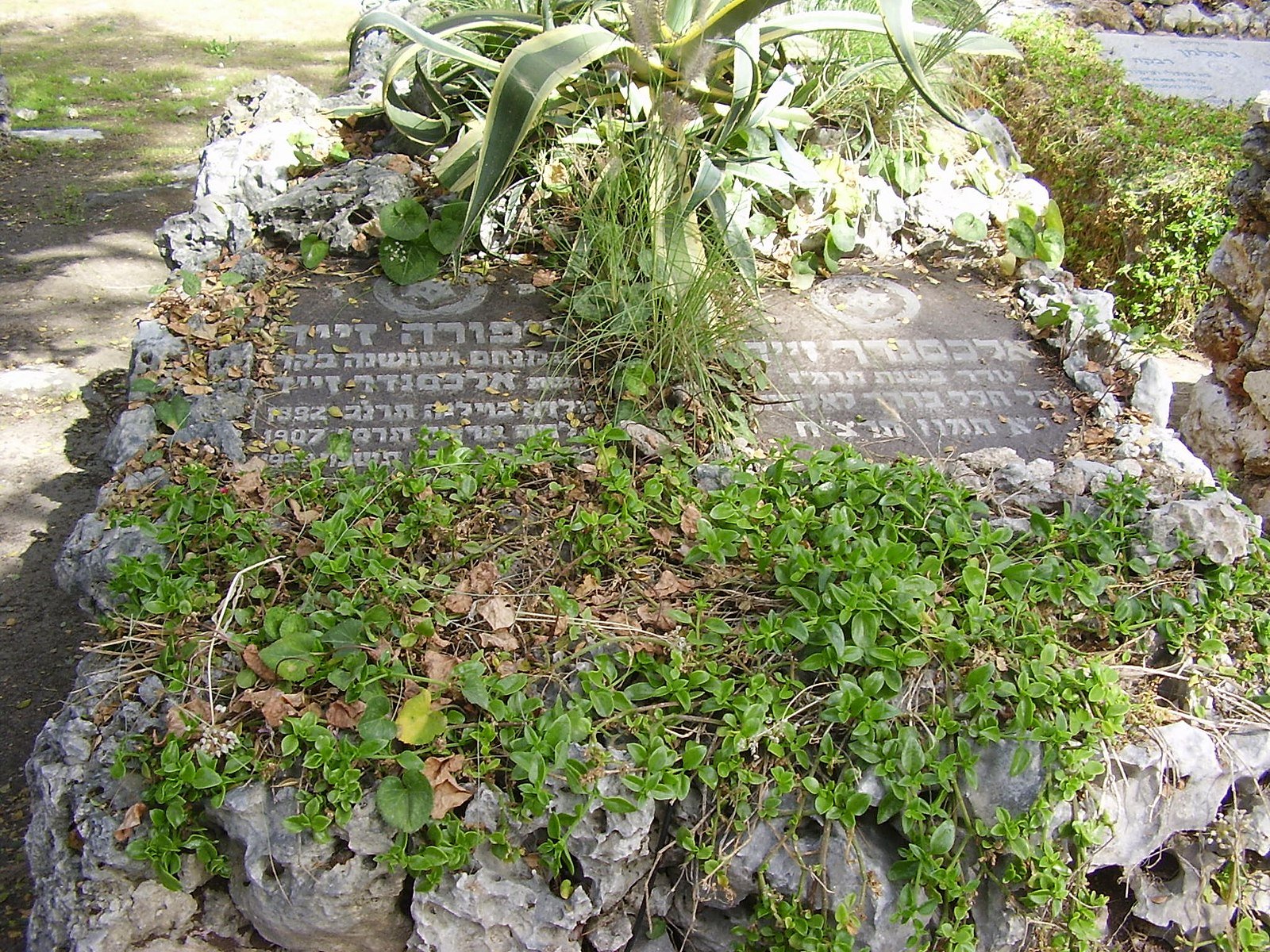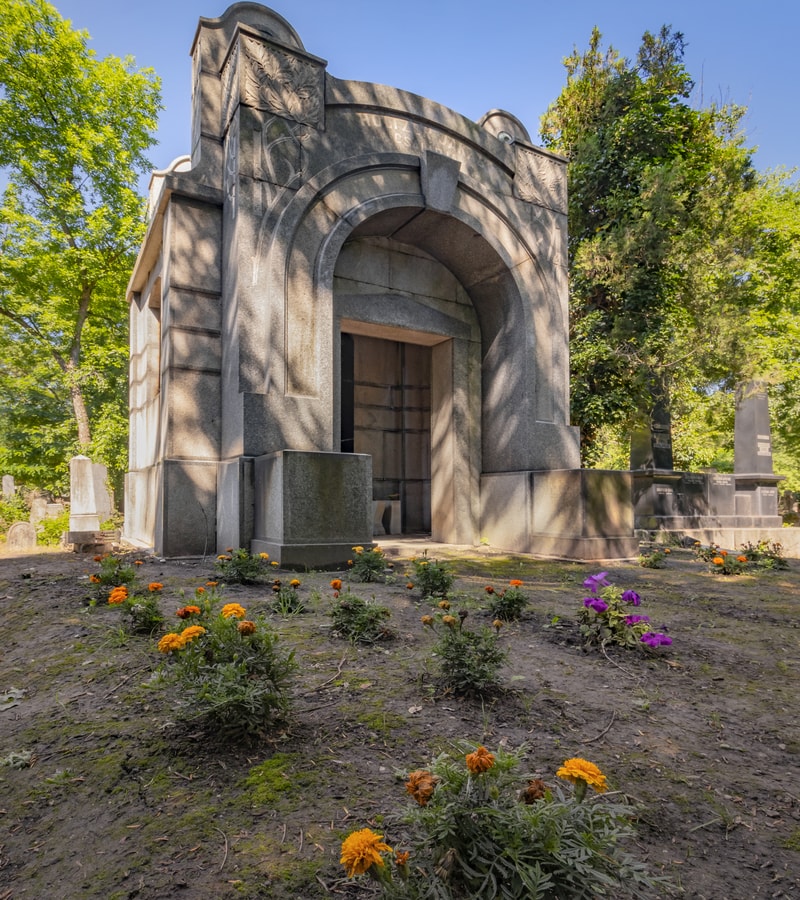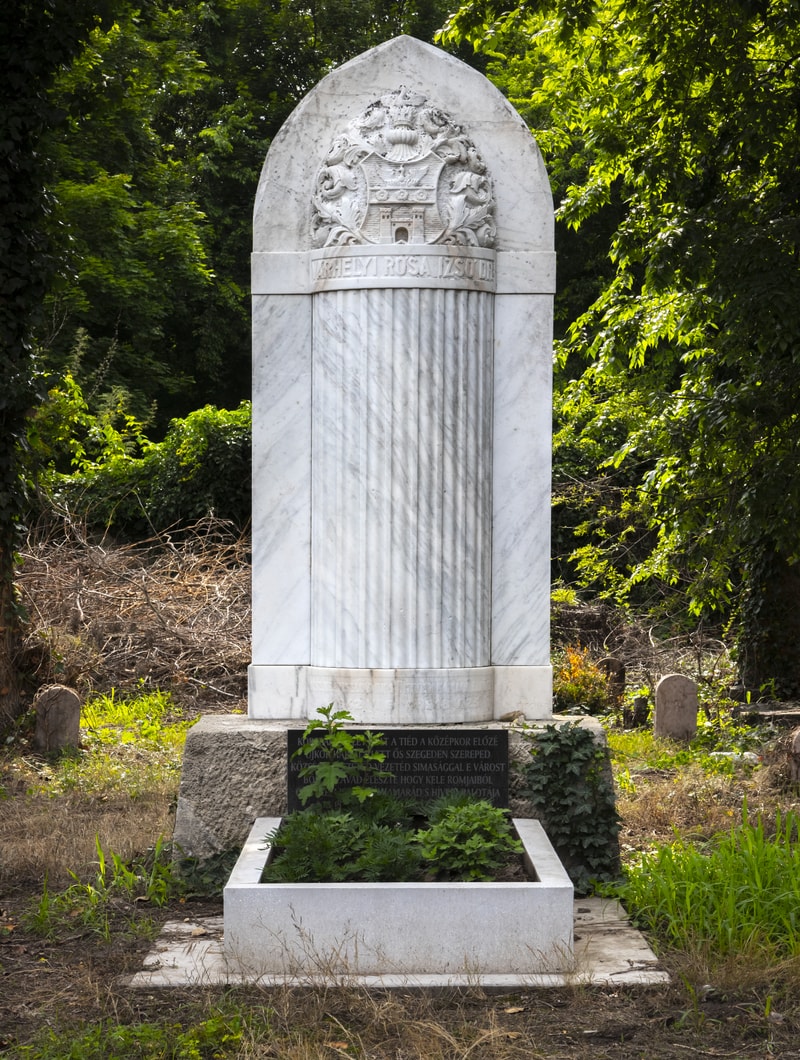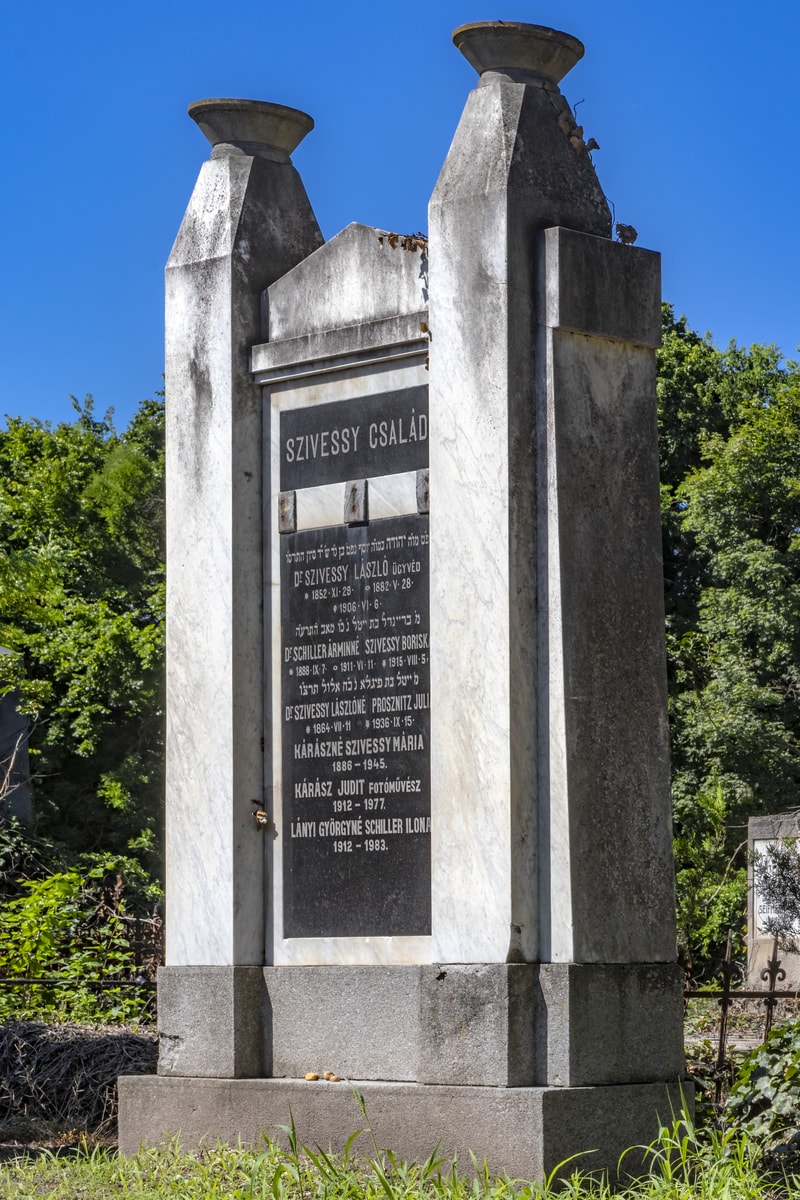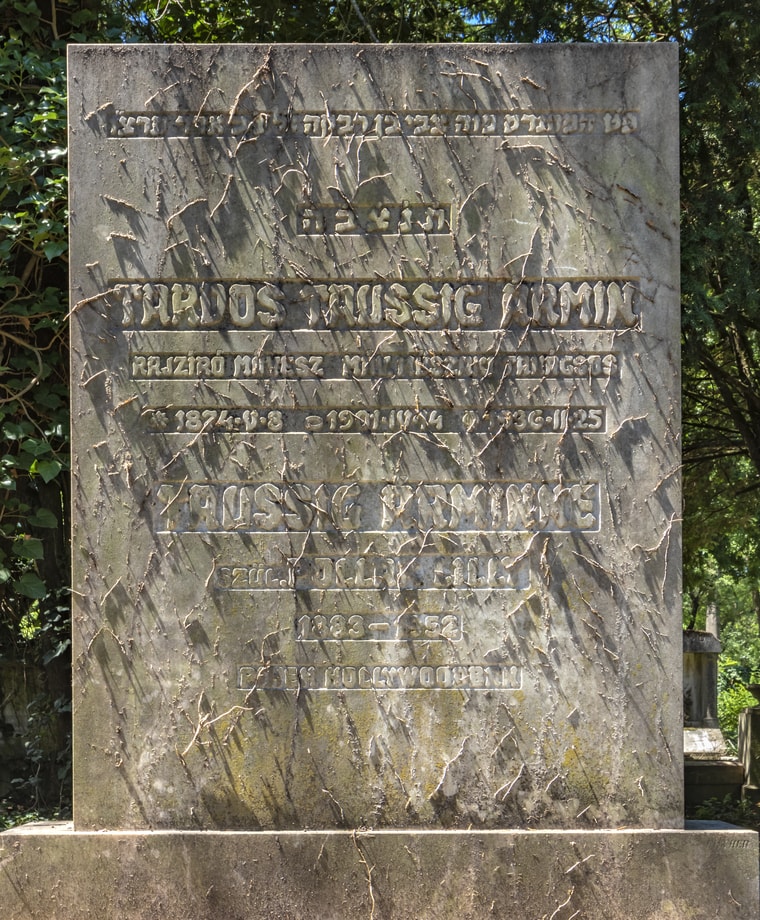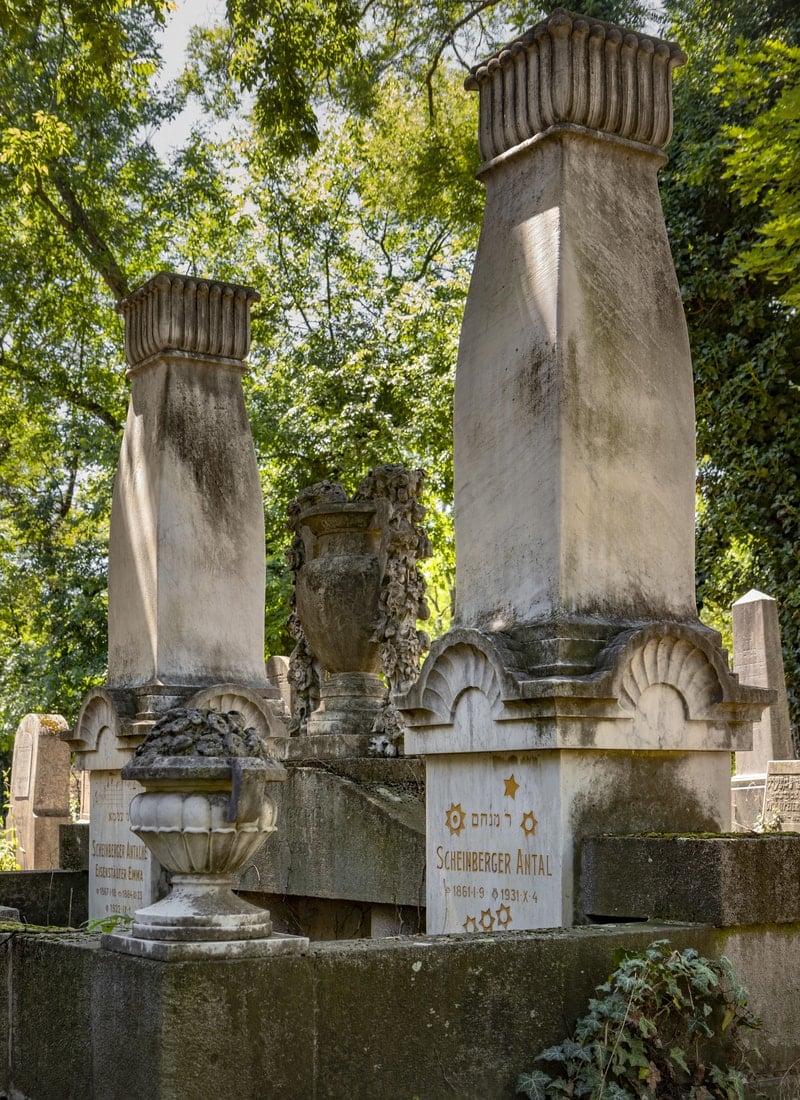Mount of Olives: Where the Messiah Will Come
As the largest and oldest Jewish cemetery in the world, the Mount of Olives is a must-see on your visit to Jerusalem. A holy place for Jews, Christians, and Muslims alike, the Mount of Olives holds over 150,000 graves dating back 3,000 years. Some of the most prominent biblical kings are buried at this cemetery, including the prophets Haggai, Zechariah, and Malachi. Modern leaders are also buried here, too, like Eliezer Ben-Yehuda, the father of modern Hebrew, and Prime Minister Menachem Begin.
Located above the Temple Mount, the Mount of Olives is where Jews began celebrating Sukkot after the Second Temple was destroyed. Today, Jews come to the Mount of Olives as a place for both celebration and reflection, drawing in pilgrims from across the world.
When you stand at the highest point of the Mount of Olives, you can see the Dome of the Rock and the Al Asqua Mosque along the skyline, two important places of Muslim worship. Along the eastern side of the Temple Mount is the Golden Gate, where the Jews believe the Messiah will come and the resurrection of the dead will happen.
On your visit to the Mount of Olives, you can take in sweeping views of Jerusalem, wander through the Church of All Nations, walk through the Jewish Cemetery, and visit the tombs of the prophets Haggai, Zechariah, and Malachi.

